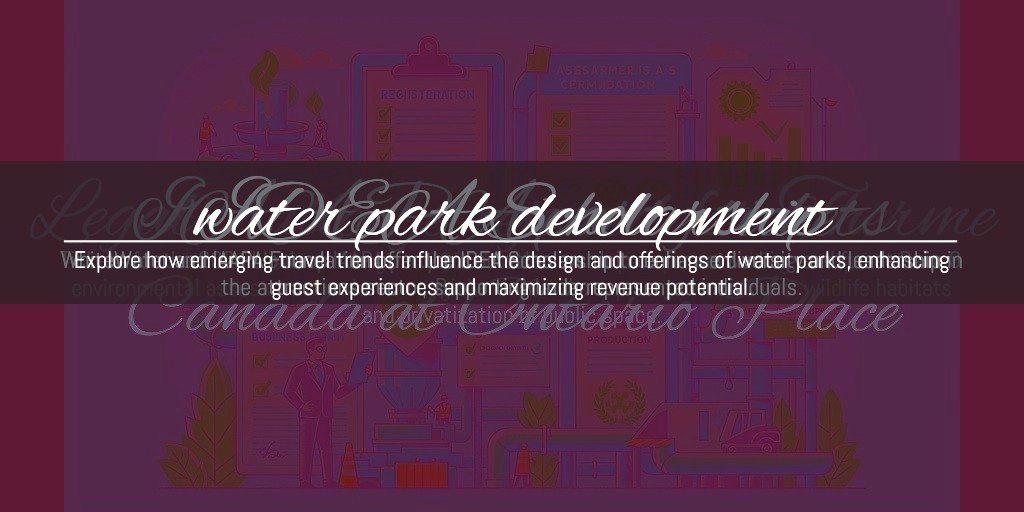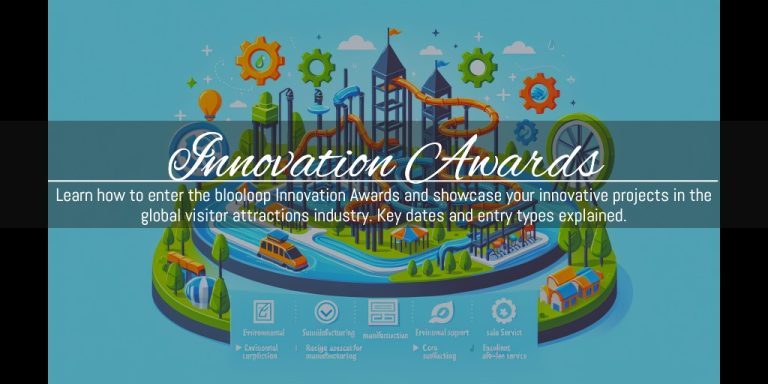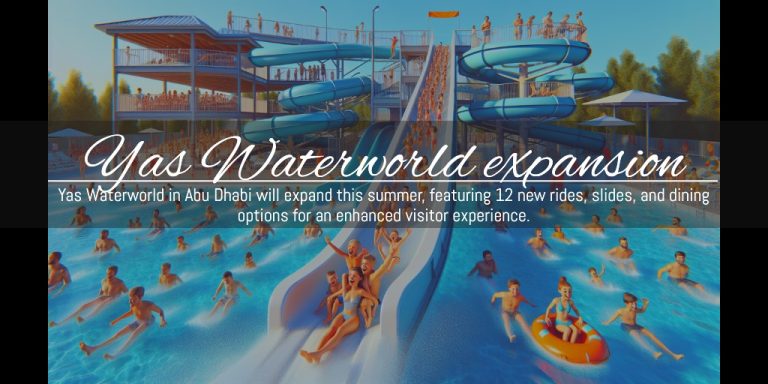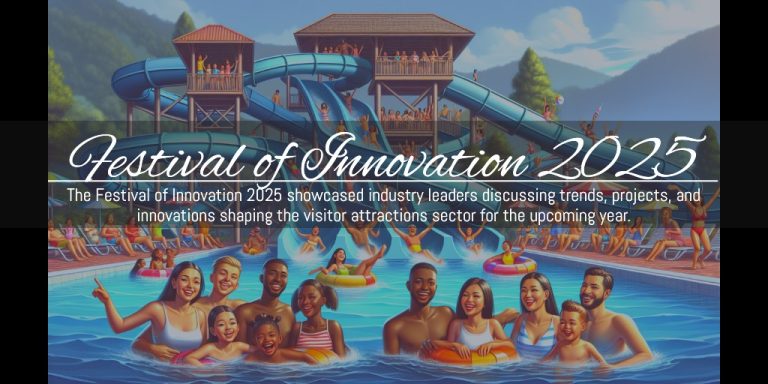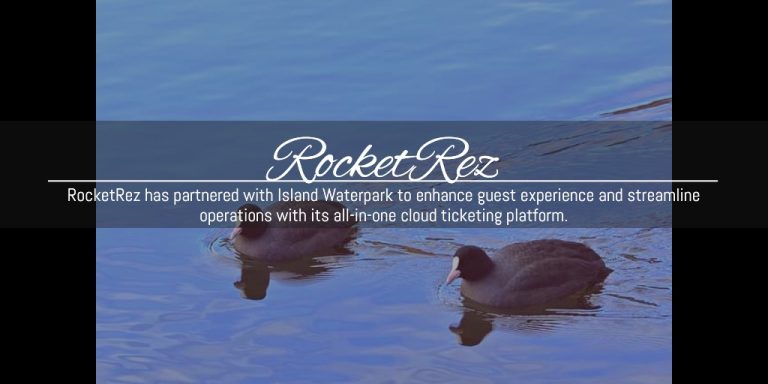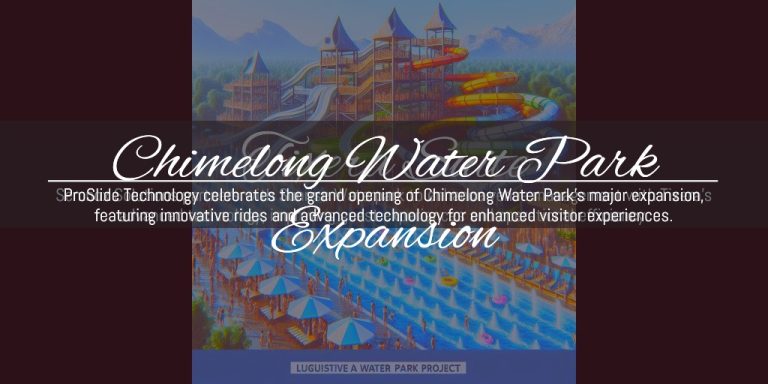How Travel Trends Shape Water Park Development
Greetings, water park enthusiasts! I’ve taken the plunge and sifted through numerous articles, blogs, and reports on travel and trends for 2025. Here’s my take on what we might want to consider collectively.
There’s a surge in the construction, planning, and renovation of water parks, both indoor and outdoor. But what’s driving this trend? While they are generally less expensive to build than traditional theme parks, financing them can still be a challenge, especially without an attached hotel. So, what needs are these facilities addressing, and why are there so many projects in the pipeline?
New Water Park Plans & A Different Model
Many developers and communities are now envisioning multi-use entertainment complexes that offer a variety of attractions aimed at generating revenue. These complexes often feature water park development alongside hotels, restaurants, recreation centres, and sports facilities, creating what some refer to as “Family Friendly Experiential Resorts” (a concept championed by the innovative thinkers at HL Advisors).
While water parks are a central component of these complexes, they are not the sole attraction. This diversification is beneficial as it encourages visitors to stay longer at a single destination. By bundling offerings such as a water park development, hotel accommodations, dining, and sports activities, these complexes promote increased spending and extended stays.
This model allows lower revenue-generating facilities to be supported by those with higher revenue potential. For instance, a community centre or sports field can balance out the finances with the income generated from a hotel and a water park.
Such complexes are gaining traction in the US among both private and public sector developers. Typically, they encompass hotels, retail spaces, food and beverage outlets, water parks, arcades, and possibly sporting facilities like basketball or hockey arenas.
In Europe, these water park developments also incorporate a wider range of accommodation options, including hotels, RV parks, and camping sites, as well as spas, wellness centres, amphitheatres, and event spaces.
So, what travel trends are likely to spur further growth in this sector, and where should water parks direct their focus moving forward?
Three Key Travel Trends That Water Parks Should Know About
It’s well-known that travel trends don’t shift as rapidly as fashion. What’s popular this year often remains relevant the next. Many of us depend on recommendations from friends and family: ‘Where did you go? Did you enjoy it? Was the food good? Where did you stay? And most importantly, what activities did you partake in?’
If your friends return from a trip raving about their experience, it’s likely to make its way onto your future travel list.
The internet is awash with articles and trend reports, some of which are insightful while others are less so. Without diving into a sea of statistics, let’s highlight a few key trends and explore how we might adapt to them in the future.
The top three overlapping themes in travel, particularly for families, are sustainable and eco-conscious choices, tech-driven travel, and wellness and adventure tourism. For families, the latter often includes skill-building activities.
Eco-Conscious Travel
It’s no surprise that climate change has shifted how people perceive their global impact. Concepts such as nature conservation, carbon footprints, community engagement, preservation, and being responsible stewards of the planet are now integral considerations during the booking process.
Any facility that takes a stand, communicates its intentions, and strives to implement tangible, identifiable actions will be viewed as a more valuable travel option.
The days of overlooking climate impact and the environmental footprint of facilities are behind us. We must make meaningful decisions during planning, design, and operations, whether it’s the food served (farm-to-table), the construction materials used (think aluminium with an open roof!), energy-saving measures (again, consider an open roof!), or recycling initiatives.
Regardless of the approach, it’s essential to start somewhere and implement visible actions that guests can appreciate.
Travellers worldwide are increasingly seeking out sustainable travel options and are using technology to plan their adventures. Interestingly, some eco-conscious travellers are even employing AI to assist in their planning.
While AI data centres contribute significantly to carbon emissions and consume vast amounts of water for cooling, the full environmental impact of AI remains to be seen. It may help address some climate concerns, but it could also introduce new challenges. However, that’s a discussion for another time.
Tech-Driven Travel
Aside from AI, the fascinating aspect of technology-driven travel is the ability to personalise itineraries for planning trips. However, there’s a clear opportunity for the water park sector to enhance personalised service and convenience once guests arrive at their destinations.
Facilities can leverage seamless payment systems for various activities, bookings, reservations, queue management, lockers, hotel rooms, and more, all from the comfort of a personal device. This opens up avenues for advertising, future bookings, and upselling that the industry can capitalise on.
Everyone is already embracing technology, but there’s likely more that your water park can do to simplify and enhance the guest experience.
Wellness and Adventure
Lastly, wellness and adventure travel has been a buzzword in the industry for over a decade, and for good reason.
As we plan our travels, we seek opportunities to reset, refresh, and escape the daily grind. With the chaos of the world, rising living costs, family responsibilities, and the constant influx of information, life can feel increasingly stressful.
Any chance for a little peace, relaxation, or even a lively celebration is a welcome change of scenery. Regardless of how travellers prefer to unwind, there’s an opportunity for water parks to cater to diverse needs.
Incorporating spas, wellness facilities, restaurants, bars, surfing, climbing, lessons, activity pools, and games can enhance the appeal of a water park destination. Consider creating quiet zones or relaxation areas. Why not allow guests to lounge and watch a movie in a water park?
With these three intersecting trends for travellers of all ages, there’s ample opportunity for water parks to meet the evolving needs of vacationers. We are part of a broader entertainment sector, so complementary offerings alongside other facilities as part of a one-stop destination are crucial.
What Travel Trends Might Water Parks Be Missing Out On?
Trends such as slow travel, dark sky tourism, cultural immersion, and detour destinations frequently arise in discussions about travel trends. This indicates a desire to connect with nature, escape the bright lights of urban areas, and immerse oneself in communities that are off the beaten path. Think of Cornwall instead of London for a UK getaway.
This presents an opportunity to develop parks in non-mainstream locations. By leveraging the unique aspects of a site, you can offer fun and games at the water park hotel while also providing guests with opportunities for hiking, birdwatching, or other activities away from the usual tourist routes.
Other exciting trends to explore include set-jetting and unique locations. For example, travelling to New Zealand to visit the filming sites of The Lord of the Rings or Morocco for Gladiator. These could be ideal spots for new experiential resorts.
Cool locations are increasingly linked to global warming trends, with people seeking out skiing or cooler climates.
The Jay Peak Pump House water park in Vermont was one of the pioneers of ski-in and swim locations, featuring a water park built on the mountainside. Parks could consider adding cold plunges, ice baths, and other trending activities that resonate with these cooler environments.
Think about developing or enhancing highly themed immersive environments, water cinemas, and underwater experiences within your water park. Aquascope in Chasseneuil-du-Poitou, France, exemplifies this trend with its beautifully immersive water park.
While trends can be fleeting, they often have lasting impacts. What steps are you taking in your water parks to capitalise on the insights provided by current travel trends?
